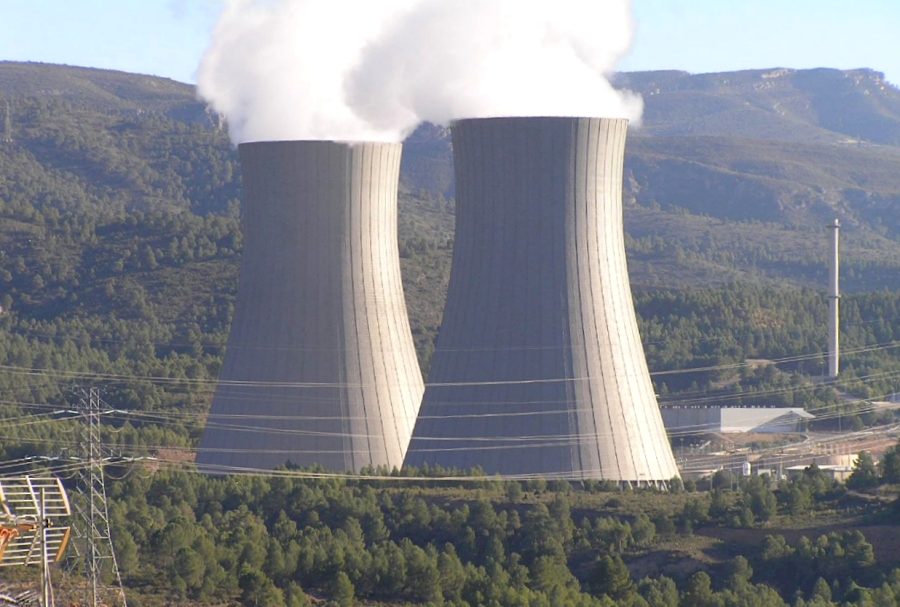EPA to release new standards for power plants
May 8, 2023
The Environmental Protection Agency is expected to release new regulations for power plants to reduce greenhouse gas emissions.
Among the new directives expected to be unveiled by the government agency, one will depend on emission-reduction technology that has never been used in the United States.
Carbon capture utilization and storage, or “CCS,” is a process that captures carbon dioxide emissions and essentially traps it at its source of production to prevent it from entering the atmosphere. Canada and China currently are the only two commercial power plants that use this technology, according to the Global CCS Institute.
For the initiative to move forward, it must go through the right-leaning U.S. Supreme Court. And the deliberations may endanger the reelection bids of Democratic senators from West Virginia, Montana and Ohio, states that have a sizeable workforce reliant on the fossil fuel industry.
The new rules will not mandate power plants to use CCS, but it will recommend the process as a way to meet the EPA’s goals on reducing carbon emissions.
Utility companies may be forced to choose between CCS or zero-emission renewable energy.
“Every utility is going to have to make its own choices in consultation with their investors and creditors,” Mike O’Boyle, senior electricity director at Energy Innovation, said. “Different [state] regulators will have different opinions about the best technology pathway, and the best investments for customer protection.”
The proposal “would require power companies to capture most of their carbon emissions rather than letting it enter the atmosphere,” according to Politico.
As per the Clean Air Act, the new standards must be “deemed affordable and technically feasible.” Through his climate pledge, President Joe Biden hopes to decarbonize power businesses by 2035.
Inflation and tax credits, among other economic factors, are also considered when determining whether this plan is plausible for power companies.
The Inflation Reduction Act, a law signed and enacted by Biden in 2022 in an attempt to curb inflation, is one of the more notable Congressional efforts to take aim at investing in clean energy technology and domestic energy production.
The act created tax credits that make carbon capture technology more affordable and upheld the EPA’s authority to regulate power plants. The law offers more than $100 billion of tax incentives, encouraging businesses to practice carbon capture technology.
Figures from the United States Energy Information Administration showed that fossil fuels accounted for more than 60% of U.S. electricity generation in 2022, with 60% of that coming from gas and 40% from coal. Meanwhile, renewable energy sources have accounted for 21.5% of U.S. electricity generation, with nuclear energy making up the rest.
Some argue that the technology is not adequately tested, while others believe CCS can be a groundbreaking tool used to combat climate change. Ultimately, the impact of CCS comes down to state initiatives and their willingness to comply with new regulations in the coming years.







